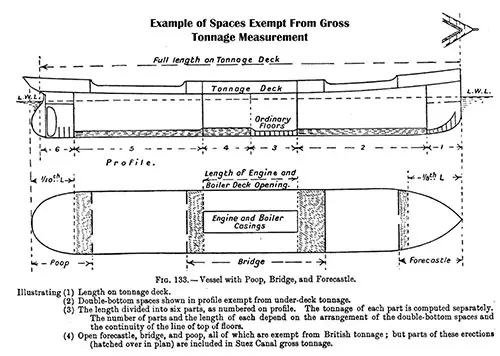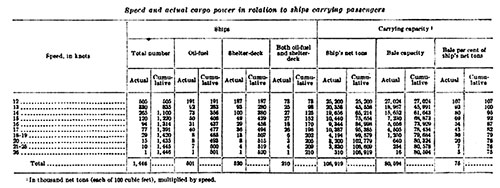Ship Tonnage, Weights & Measures: Understanding How Ships Are Classified, Measured, and Taxed
Discover the history and significance of ship tonnage! Learn how gross tonnage, net tonnage, displacement tonnage, and deadweight tonnage impact maritime trade, shipping costs, and naval engineering. Essential for maritime historians, trade professionals, teachers, and genealogy researchers!
Introduction
The Section "Ship Tonnage, Weights, and Measures" on GG Archives offers a comprehensive overview of the various types of tonnage measurements used in the maritime industry. It explains the key concepts of gross tonnage, net tonnage, displacement tonnage, and deadweight tonnage, which are essential for understanding a ship's size, cargo capacity, and operational capabilities. This section also delves into the historical development and the legal implications of these measurements, highlighting their importance in international shipping and maritime law.
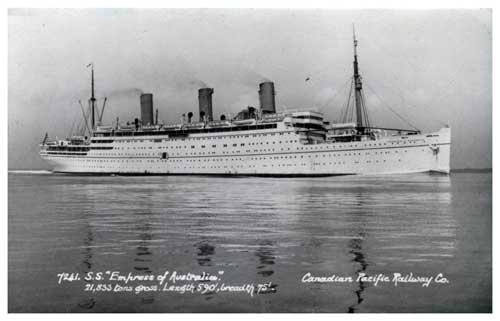
SS Empress of Austrlia (1937) of the Canadian Pacific Line, 21,833 Tons Gross. Length 590 Feet, Breadth 75 Feet. | GGA Image ID # 2000d1e5ec
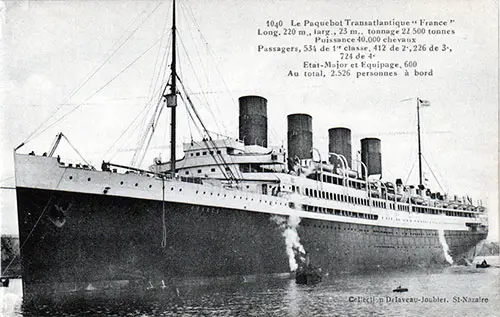
Ship Tonnage Explained: Displacement, Deadweight, Gross & Net Tonnage Demystified
Maritime history is filled with complex terminologies, and one of the most misunderstood yet essential aspects of ships is tonnage measurement. This 1932 article provides a clear and structured explanation of the different types of tonnage, demystifying a concept that has long puzzled ship enthusiasts, historians, and those researching ocean travel.
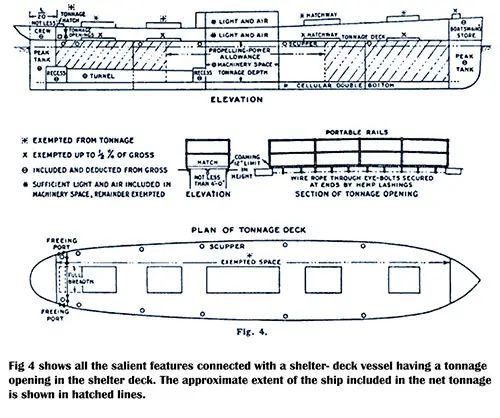
Ship Tonnage Explained: Deadweight, Gross, Net, Displacement & Cargo Tonnage Defined
Tonnage is a fundamental yet complex aspect of maritime history, influencing everything from shipping regulations and port fees to naval engineering and cargo capacity. This 1920 guide provides a deep dive into five different types of tonnage — Deadweight, Gross, Net, Displacement, and Cargo — explaining their significance in ocean travel, ship classification, and trade logistics.
Understanding Ship Tonnage: How Measurement Laws Shaped Global Maritime Trade
The article "Measurement and Tonnage Laws" (1920) provides an in-depth look at the complex legal framework governing ship tonnage measurement, an essential aspect of maritime operations. It examines historical tonnage laws, different methods of measurement, and how these classifications impacted port fees, taxation, and international shipping regulations.
How Ships Carry Cargo: Tonnage, Trade & Global Shipping Explained
The article "Cargo and Carrying Capacity of Ships" (1926) provides an in-depth examination of how ships transport goods across the world’s oceans, the factors influencing their capacity, and how trade statistics shape maritime commerce. This article is invaluable for historians, genealogists, maritime researchers, teachers, and students, offering a detailed look at seaborne trade, tonnage classifications, and historical shipping data.
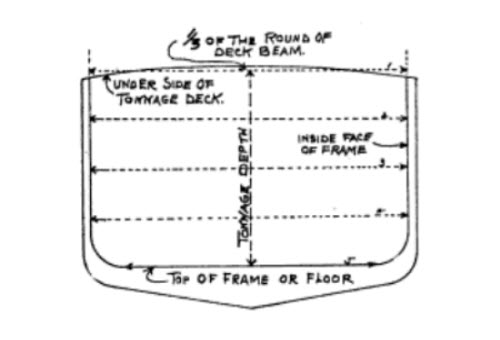
How Ship Tonnage is Computed: Understanding Gross Tonnage & Its Impact on Maritime Trade
The article "How a Ship’s Gross Tonnage Is Computed" (1920) by Robert Phillips is an essential resource for understanding how ship tonnage is measured and why it matters for ship construction, registration, taxation, and trade regulations. This article is particularly relevant for maritime historians, genealogists, teachers, students, ship enthusiasts, and professionals in shipping and trade. It provides a detailed breakdown of tonnage computation, explaining its impact on a ship’s carrying capacity and international regulations.
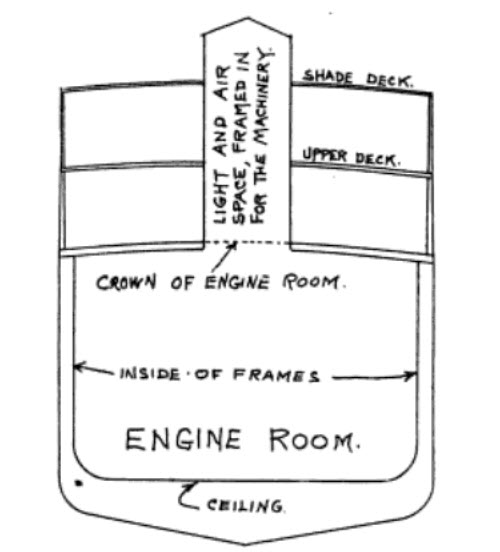
Net Tonnage Explained: How Ship Capacity & Taxes Are Computed in Global Trade
The article "Net Tonnage of a Vessel and Its Computation" (1920) by Robert Phillips serves as an essential guide for understanding how ships are measured for net tonnage and why it matters for trade, taxation, and ship classification. This detailed explanation is crucial for maritime historians, genealogists, teachers, students, ship enthusiasts, and professionals in global shipping. The net tonnage of a ship represents the actual space available for passengers and cargo after deducting certain areas like crew quarters, navigation spaces, and machinery rooms. This measurement determines port fees, canal tolls, and taxation in maritime trade, making it a fundamental aspect of ship ownership and operation.
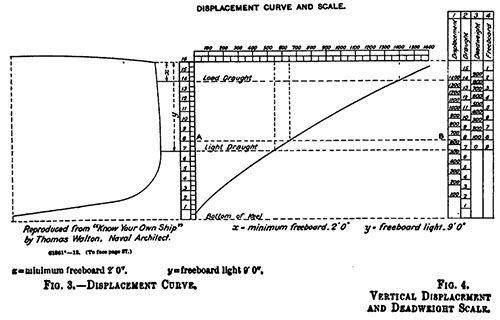
Displacement Tonnage Explained: How Ships Are Measured by Weight & Water Displacement
The article “Displacement Tonnage” (1913 & 1918), sourced from maritime engineering publications, explores the concept of displacement tonnage—one of the most fundamental measurements in shipbuilding and navigation. This article is particularly valuable for teachers, students, genealogists, maritime historians, naval architects, and shipping professionals as it explains how displacement tonnage is calculated, its significance in understanding ship weight, and how it impacts ship design, cargo capacity, and ocean travel. Unlike gross and net tonnage, which measure internal volume, displacement tonnage measures the total weight of a ship, including the water it displaces when afloat. This metric is essential for determining cargo capacity, understanding how ships float, and assessing their efficiency in different conditions.
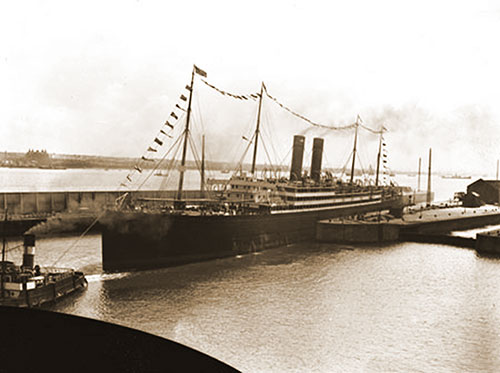
Deadweight Tonnage: The Key to Ship Cargo Capacity & Global Trade Efficiency
The articles "Deadweight Tonnage" (1913 and 1928) provide a detailed exploration of one of the most essential measurements in shipping—deadweight tonnage (DWT). Unlike displacement tonnage, which measures the total weight of a ship, deadweight tonnage calculates how much a vessel can carry, including cargo, fuel, and passengers. This article is particularly useful for teachers, students, genealogists, maritime historians, naval architects, and shipping professionals as it explains how deadweight tonnage is calculated, how it impacts international trade, and why it is a critical metric in maritime economics.
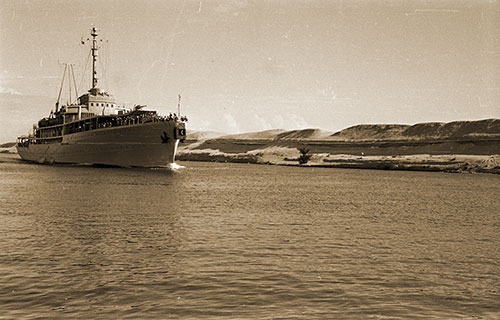
Net Tonnage Explained: How Ship Cargo Capacity Affects Global Trade & Canal Fees
The article "Net Tonnage" provides an in-depth analysis of how a ship’s usable commercial capacity is measured, focusing on the international variations in net tonnage calculations. This topic is crucial for teachers, students, genealogists, maritime historians, and shipping professionals, as it highlights how different measurement rules influence port fees, taxation, and cargo capacity.
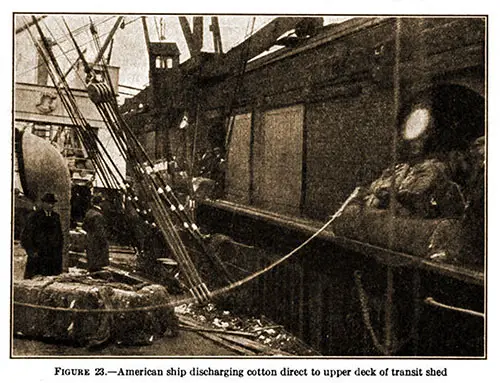
The History of Gross & Net Tonnage: How Ship Measurement Rules Shaped Global Trade
The article "History of Gross and Net Tonnage Measurements" provides a detailed account of the origins, development, and global variations in tonnage calculations. This is an essential topic for maritime historians, shipping professionals, genealogists, and educators, as it unravels the historical and legal intricacies of vessel measurement that still influence global trade today.
📏 Ship Tonnage, Weights, and Measures: A Comprehensive Maritime Guide ⚓
🌊 Recap & Summary: Understanding Ship Tonnage and Its Importance in Maritime History
The "Ship Tonnage, Weights, and Measures" section of the GG Archives is an invaluable resource for those interested in the technical, historical, and economic aspects of ship measurement. Whether you are a teacher, student, genealogist, maritime historian, or shipping professional, this section offers detailed insights into the evolution of ship measurement standards and their impact on ocean travel, trade, and taxation.
Through historical articles, technical guides, and expert analyses, this collection explores gross tonnage, net tonnage, displacement tonnage, and deadweight tonnage—key measurements that define a vessel's size, cargo capacity, and economic value.
📢 Key Takeaway: Understanding ship tonnage is essential for interpreting historical shipping records, calculating port fees, analyzing maritime trade, and studying naval architecture. 🚢📜
📜 Key Topics Covered: Essential Insights for Maritime Enthusiasts
1️⃣ Understanding Ship Tonnage: A Breakdown of Key Measurements
✅ Gross Tonnage (GT) – Measures the total enclosed volume of a vessel.
✅ Net Tonnage (NT) – Represents the usable cargo & passenger capacity after deducting crew spaces & machinery rooms.
✅ Displacement Tonnage – Indicates the total weight of a ship, including the water it displaces.
✅ Deadweight Tonnage (DWT) – Measures the maximum cargo, fuel, and passengers a ship can carry.
🔍 Why It Matters?
- Determines ship registry classifications & port fees.
- Influences trade, taxation, and international shipping laws.
- Affects how ships are designed for efficiency & stability.
📢 Example: A cargo ship with a high deadweight tonnage can transport more goods, making it more profitable, while a luxury liner with a high gross tonnage has more enclosed passenger spaces.
2️⃣ Notable Articles & Why They Stand Out
📖 "Ship Tonnage Explained: Displacement, Deadweight, Gross & Net Tonnage" (1932)
✔️ Demystifies maritime terminology that has long puzzled ship enthusiasts.
✔️ Explains why different types of tonnage exist and how they impact trade & naval engineering.
📖 "Measurement and Tonnage Laws" (1920)
✔️ Explores the legal framework behind ship measurement.
✔️ Examines how port fees, taxation, and regulations vary based on tonnage laws.
✔️ Crucial for maritime historians & trade researchers.
📖 "Cargo and Carrying Capacity of Ships" (1926)
✔️ Examines how ships transport goods globally.
✔️ Explains tonnage classifications & trade statistics.
✔️ Essential for genealogists & trade historians.
📖 "How a Ship’s Gross Tonnage Is Computed" (1920)
✔️ Technical deep dive into how tonnage is measured.
✔️ Explains the relationship between tonnage & trade regulations.
✔️ Useful for naval engineers, trade professionals & history buffs.
📖 "History of Gross and Net Tonnage Measurements"
✔️ Traces the evolution of ship measurement rules from the 1800s to today.
✔️ Explains the impact of Moorsom’s system & international measurement laws.
✔️ Essential for researchers studying maritime law & trade.
📖 "Displacement Tonnage Explained" (1913 & 1918)
✔️ Focuses on how a ship’s weight affects its performance.
✔️ Explains how displacement tonnage impacts ship design & cargo calculations.
✔️ Great for naval architects, students, and shipbuilding professionals.
📖 "Deadweight Tonnage: The Key to Ship Cargo Capacity & Global Trade" (1913 & 1928)
✔️ Explores how deadweight tonnage determines a ship’s profitability.
✔️ Essential for understanding shipping logistics & global commerce.
📖 "Net Tonnage Explained: How Ship Capacity & Taxes Are Computed" (1920)
✔️ Analyzes the impact of net tonnage on port fees & canal tolls.
✔️ Critical for those researching ship records & trade routes.
📢 Why These Articles Matter?
They explain the science behind ship measurement in simple terms.
They connect historical records with modern shipping laws.
They help genealogists interpret ship manifests & maritime travel documents.
3️⃣ Relevance to Different Audiences 🌎
🔹 Teachers & Students 📚 – Gain a historical & technical perspective on maritime trade & engineering.
🔹 Genealogists 🧬 – Understand ship manifests & tonnage classifications in immigration records.
🔹 Historians 🏛️ – Learn how shipping laws & measurements shaped global trade.
🔹 Shipping & Trade Professionals ⚓ – Navigate modern port fees, taxation, and trade laws using historical context.
🚢 Example: If your ancestor traveled by ship in the early 1900s, knowing their vessel’s gross & net tonnage can help determine whether they were in steerage, second class, or first class.
📸 Noteworthy Images & Their Importance
📷 "SS Empress of Australia (1937)" – Showcases how gross tonnage classifications impacted passenger liners.
📷 "Table Showing Speed & Cargo Power in Passenger Ships" – Highlights how tonnage affects ship performance.
📷 "A Ship Sailing Down the Suez Canal (1955)" – Demonstrates how tonnage laws impact canal tolls & trade routes.
📷 "White Star Liner Entering Gladstone Dock, 1927" – Captures how cargo ships utilized port infrastructure.
🔍 Why These Images Matter?
- Help visualize complex maritime concepts.
- Provide historical context for researchers.
- Show how ship measurements influenced design & trade efficiency.
🔚 Final Thoughts: Why This Index Page Is a Goldmine for Maritime Research
The "Ship Tonnage, Weights, and Measures" section of GG Archives is a treasure trove of knowledge for anyone interested in ocean travel, ship construction, and global trade. 🌎🚢
🔹 For historians & genealogists – Helps interpret ship manifests & immigration records.
🔹 For students & teachers – Provides rich educational material on maritime commerce.
🔹 For trade professionals & naval architects – Clarifies how tonnage impacts cargo capacity & port fees.
By exploring historical ship measurement rules, we gain a deeper understanding of the evolution of global shipping, trade policies, and naval engineering. 🌊⚖️

